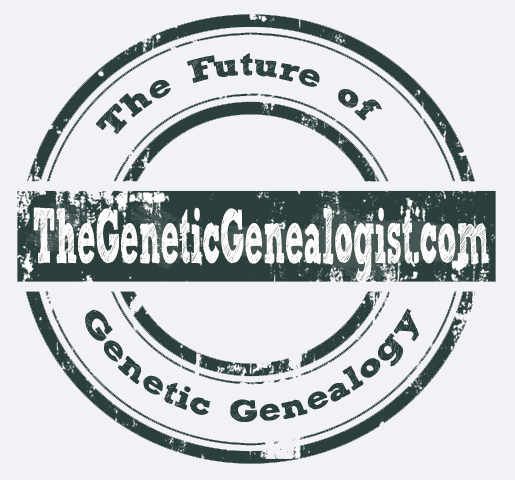
I just received the following advertisement from my time traveling fax machine (a Christmas gift from a friend):
FOR A LIMITED TIME ONLY!
The Comprehensive Genetic Genealogy Testing Package®!
Syracuse, New York – December 1, 2020 – Announcing the new Comprehensive Genetic Genealogy Testing Package®, the most extensive genetic genealogy test ever available! For just $299.00 (plus S&H), you will receive insightful information about all aspects of your ancestry, including your ethnicity and numerous genetic cousins, among other incredible information. After sending in just a few swabs (cheek, gut, and face), you will receive your results in 4-6 weeks.
As part of the Comprehensive Genetic Genealogy Testing Package®, you will receive results from each of the following individual tests:


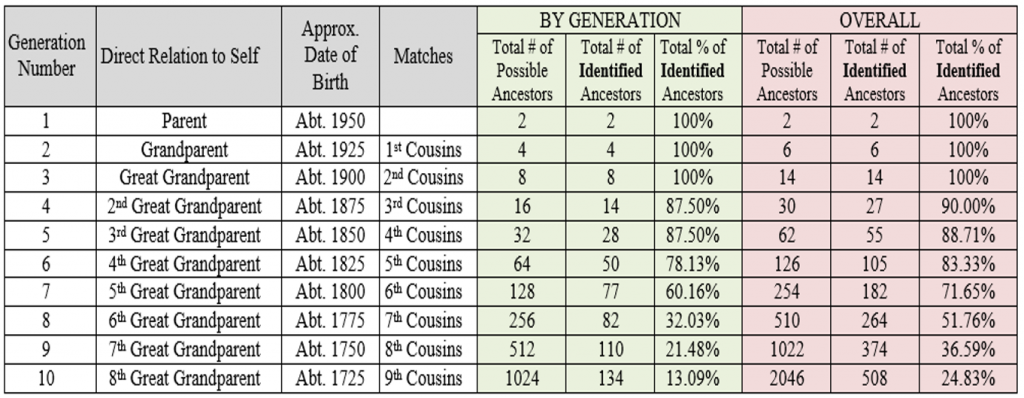
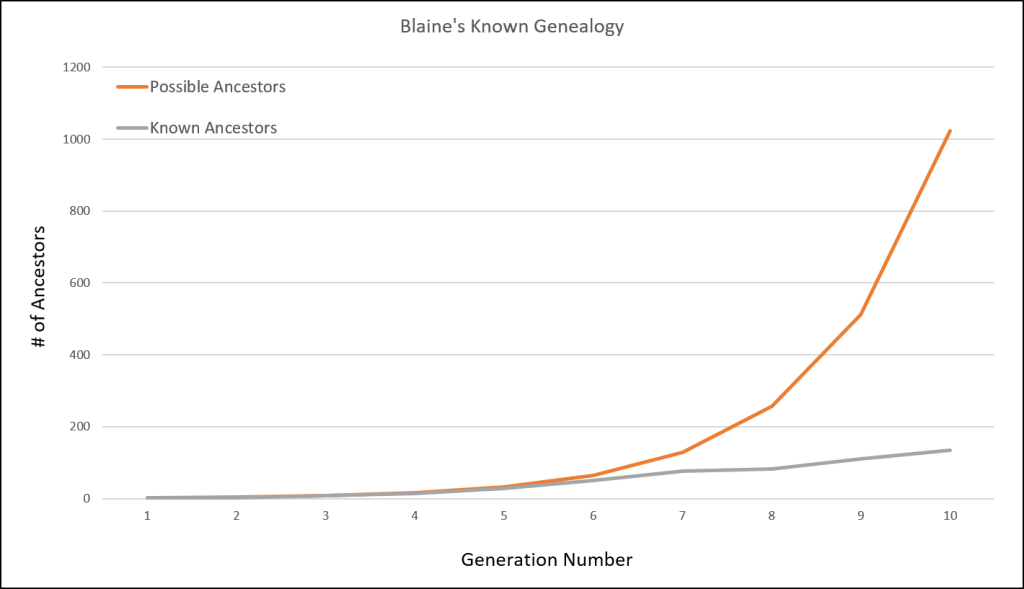
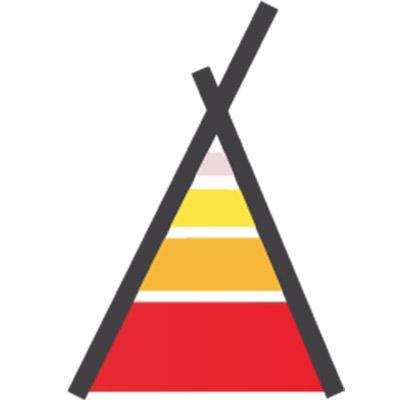 TribeCode (
TribeCode (
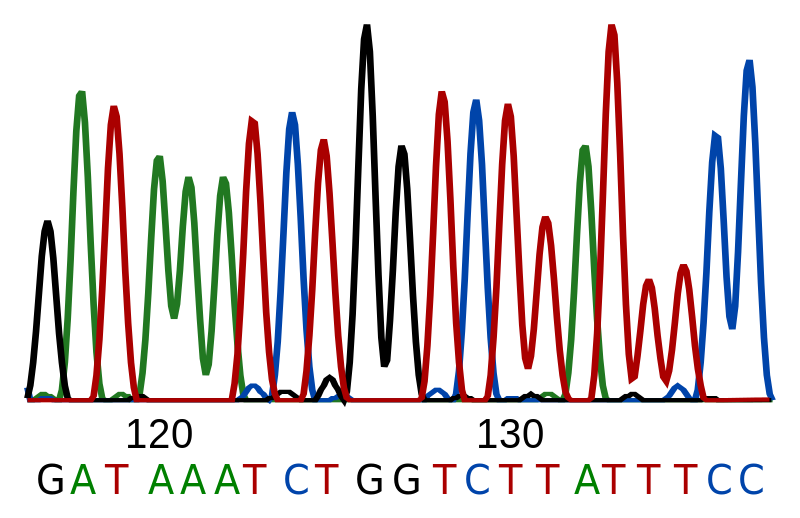 A new must-read piece of genealogical scholarship using autosomal DNA as evidence was published this week in the
A new must-read piece of genealogical scholarship using autosomal DNA as evidence was published this week in the